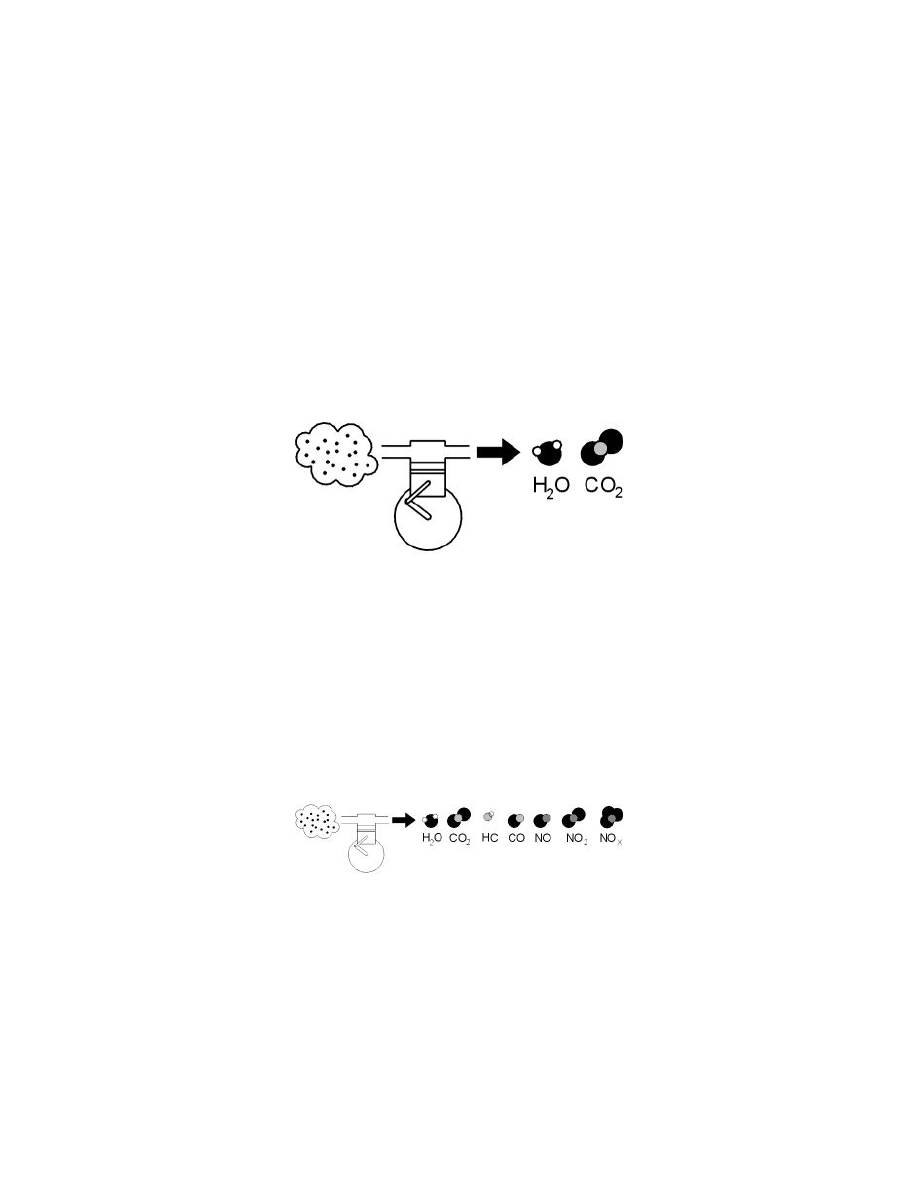V50 L5-2.4L VIN 39 B5244S7 (2005)

torsion from the opening and return springs in the electronic throttle unit is also used. If the engine control module (ECM) detects a fault in the electronic
throttle unit so that the throttle disc cannot be controlled, the springs in the throttle unit will turn the throttle disc to the limp home position (return
position). This return position is calibrated to provide a throttle angle large enough to allow the car to be driven to a workshop, although with
considerably reduced driveability.
Throttle angle
The engine control module (ECM) also monitors the throttle unit signals from the throttle position (TP) sensors, to ensure that these signals are within
the parameters and correspond to the same throttle angle.
If the difference between the signals exceeds a set limit the maximum value is selected as the actual value (which means that the throttle disc is
controlled down). If the engine control module (ECM) detects a fault in both throttle position sensors, the electronic throttle unit power stage is switched
off. The throttle switches to limp home mode (return position). Diagnostic trouble codes (DTC) are stored in the engine control module (ECM) if faults
are detected in the throttle position (TP) sensors.
Adaptation of the electronic throttle unit
Adaptation of the electronic throttle unit is carried out automatically when requested by the engine control module (ECM). Adaptation is carried out to
check the function of the electronic throttle unit, and, if necessary, to update the values obtained from the throttle position (TP) sensors etc. during
regulation, as these values can change somewhat over the service life of the throttle unit. Diagnostic trouble codes (DTC) are stored in the engine control
module (ECM) if faults are detected in the electronic throttle unit.
Fuel trim
Overview
Fuel trim reduces exhaust emissions. Fuel trim reduces nitrous oxides (NOx), carbon monoxide (CO) and hydrocarbon (HC) emissions.
Theoretically, if the correct amount of oxygen is added during combustion, fuel can be converted to water (H2O) and carbon dioxide (CO2). Emissions
would then be completely safe.
In practice considerable amounts of hydro-carbons (HC) and varying amounts of carbon monoxide (CO) and carbon dioxide (CO2) remain.
Due to the high temperature and pressure, nitrous oxides such as NO and NO2 are also formed. The common designation for these gases is nitrous
oxides NOx.
